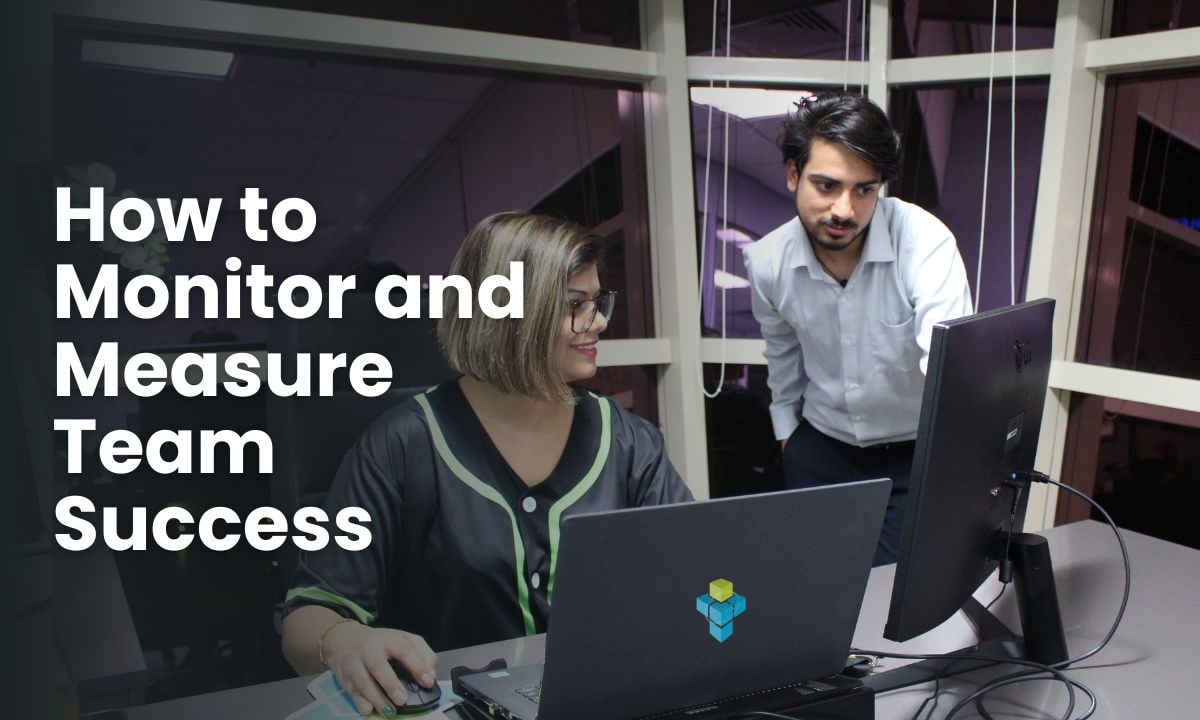Imagine a symphony without its various instruments working in harmony or a puzzle with missing pieces—such scenarios highlight the indispensability of effective teamwork and collaboration. For MSPs who juggle multiple clients and projects, the challenges and benefits of productive workforce management are especially pronounced.
CompTIA’s IT Industry Outlook 2023 backs that up, validating that improving internal operations is the second most important goal for channel firms that will contribute to a more optimistic outlook in the next year.
Luckily, the tools available today can significantly impact productivity and overall success, especially for businesses that often find themselves at the intersection of multiple client demands, intricate project timelines, and the ever-evolving landscape of technology. Navigating through these challenges requires a delicate balance of collaboration and progress tracking but yields exponential benefits.
Here are three practical strategies that MSPs can employ to monitor and measure team success in intricate work environments.
1. Define Success and Key Indicators
At the heart of every productive team lies a shared vision and purpose. For IT services providers, success is often defined by how well they deliver solutions that satisfy their clients’ needs and expectations, while also optimizing their own internal processes and resources. To achieve that objective, it’s crucial to identify and track key indicators that reflect their team’s effectiveness and efficiency.
These metrics may vary depending on the type, scope, and complexity of the services IT firms provide, but some common benchmarks they assess include customer satisfaction rates, project completion statistics, quality of work evaluations, employee engagement surveys, and more. By using quantitative methods (such as metrics and data analysis) coupled with qualitative techniques (such as feedback and reports) MSPs can comprehensively measure their output and outcomes. Regularly assessing these aspects helps providers gain valuable insights into their team performance, identify areas for improvement, and celebrate achievements.
2. Invest in Collaboration Tools
With remote work and dispersed teams becoming more common, leveraging online tools becomes even more essential. These solutions not only enhance efficiency but also create transparency, accountability, and independence.
Platforms like Team GPS integrate essential tools to streamline productivity assessment and goal achievement. Enabling real-time tracking of tasks, projects, and milestones provides managers a comprehensive overview of team progress.
This application also empowers employees to set clear objectives for themselves, fostering a culture of professional responsibility. The platform’s data-driven insights provide valuable analytics that allow teams to refine strategies, optimize workflows, and adapt to changing circumstances swiftly.
Any tool that empowers seamless communication and knowledge sharing enhances inter-departmental coordination and nurtures employee engagement. Performance metrics allow managers to identify top performers and areas that need improvement so they can make more informed decisions related to professional growth and talent management.
3. Set Clear Goals and Expectations
When every employee knows their role and corporate expectations it helps streamline their collective efforts. SMART goals—Specific, Measurable, Achievable, Relevant, Time-bound—are a great place to start. For instance, for a marketing team working on a product launch, each individual must know their specific tasks and adhere to the SMART goal criteria to ensure a coordinated and effective campaign and optimize their efforts.
Regular check-ins can also aid in tracking progress and evaluating individual performance. Constructive feedback and recognition are pivotal in motivating individuals and promoting an environment of continuous improvement and sense of accomplishment. By focusing on individuals within the team context, MSPs create a synergy that propels the entire organization forward.
Bringing Everything Together
The ability to monitor and measure team success is pivotal for any company striving to navigate the complexities of the IT world. Without a clear understanding of how well a team is performing, it is difficult to identify areas of improvement, optimize workflows, and ensure customer satisfaction.
The first step is to establish what success means for the team, the project, and the organization. The second step is to equip employees with tools that can effectively facilitate communication, coordination, and collaboration. The third step is to set clear and realistic goals for the team that align with the success criteria and the project scope. Each objective should be broken down into smaller tasks and assigned to specific employees with clear deadlines and responsibilities.
These strategies—defining success, investing in collaboration tools, and setting clear goals—culminate in a harmonious combination of efforts, transforming challenges into opportunities and propelling teams toward efficiency. Embracing these strategies can pave the way for a future marked by productivity and innovation.
How does your MSP currently keep track of team success? Are there additional strategies that have worked for you and your business? Monitoring and managing employee and group progress is a critical step for providers with lofty (or even moderate) aspirations.








